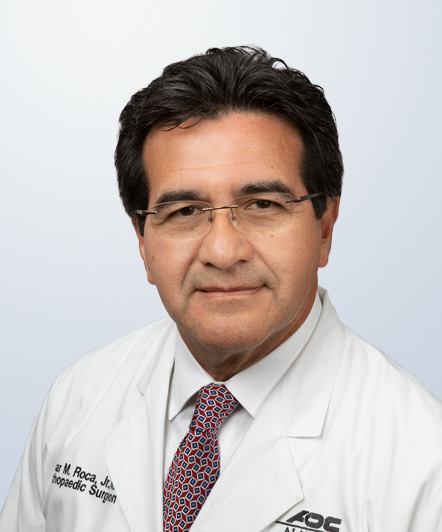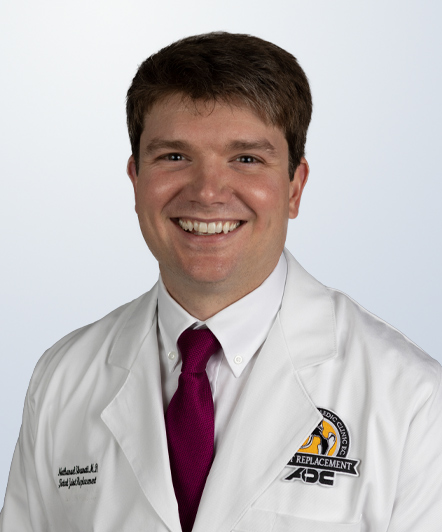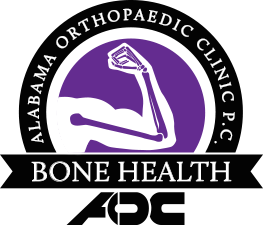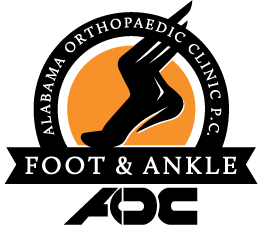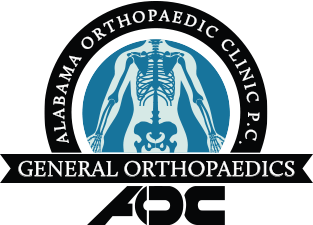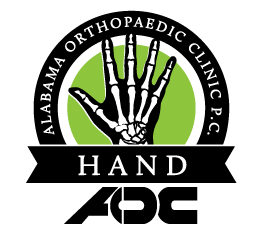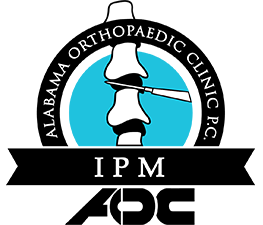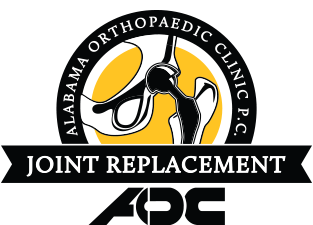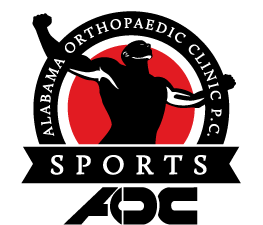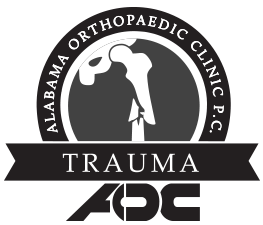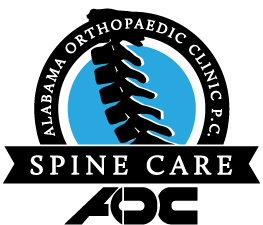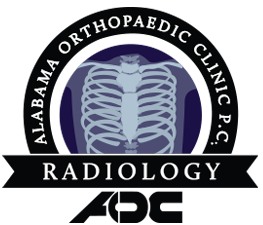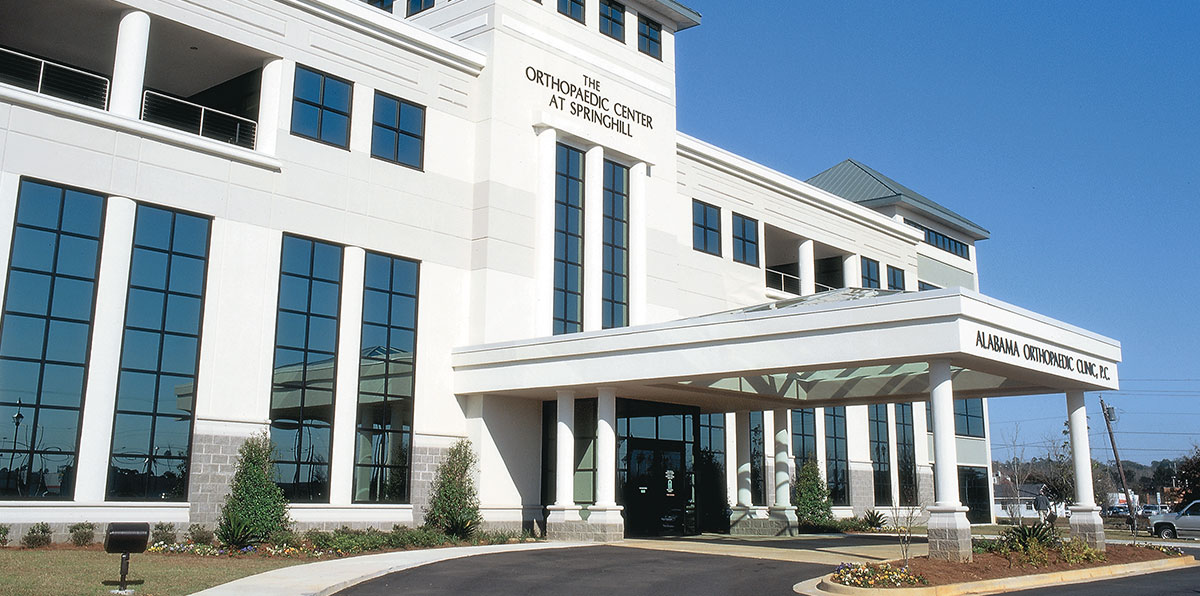When parents read stories of childhood “prodigies” such as Michelle Wie learning a sport as young as 3 years old, it is natural for us to wonder what sports are best for our child and at what age they should start. While there are no sure answers as to when a particular child is ready for a sport, there are well-studied developmental patterns that can guide us.
Infants and toddlers, for example, gain gross and fine motor skills along a predetermined path, and any attempts to speed this up with training will fail. That being said, there are windows of opportunity in which a toddler learns certain movements more readily and should not be missed. So, the best course in this age-group is to expose the child to a wide variety of interactive games so that they can have the tools to progress at their own pace. Mom and Dad can create a variety of activities with a ball and things around the house or get some ideas at the local toddler gym.
In preschool a child can follow simple instructions and has basic postural control and balance to allow sports participation. Soccer is a great activity at this level because it can be played by following one simple instruction; “kick this ball in that goal!” Preschoolers do not have the ability to engage in rapid decision-making to account for unexpected events. So, they all stick with the one thing they do get – kick the ball! The result is the “swarm” phenomena we see in all soccer games at this level. This is normal behavior and should not be a source of frustration to parents—and oh, by the way, kids this age cannot distinguish multiple instructions coming from the crowd, so you can save your breath!
A classic study has shown that by elementary school, 6 out of 10 children can throw, kick, run, jump, catch, strike, hop and skip. This opens the door to a wide variety of sports. However, children this age also become aware of their status among their peers and their own inadequacies (they know who is “cool”, who is “athletic”, etc.). Keep in mind that children of the same age and grade may be at very different developmental stages, so comparing them to their peers is misguided. For these reasons, confidence-enhancing activities for all children are important. Parents should choose at least one noncompetitive activity and always emphasize socialization and sportsmanship more than physical performance. Additionally, contact sports are not ideal because coordination is not fully developed and children have little ability to consider future consequences of current behavior. For example, they cannot think through the consequences of spear-tackling. Weight-training with light weights under strict supervision can begin as early as 8 years of age. Strength gains can be achieved in pre-pubescent children, but no gains in muscle size will occur until the hormones kick in at puberty.
As a child transitions to adolescence, their growth dramatically increases. Bones grow faster than tendons which can result in loss of flexibility and “growing pains”. This is a crucial time for skills development, and most are ready for organized sports of all types. However, precautions, such as pitch counts and cross-training, must be taken to avoid overuse injuries to the growth plates. This is the most appropriate time to begin weight-training. There is no evidence that a proper weight-training program during adolescence stunts growth. However, to avoid injury, explosive exercises such as clean-and jerk should not be done until skeletal maturity (15-16 years old).
In summary, children are not just “little adults”. They react to physical and emotional stress at different developmental stages in different ways. Moderation should always rule, and as my grandmother used to say about raising children, “the best that we can hope for is to not mess ‘em up.”
LIKE AOC on Facebook











